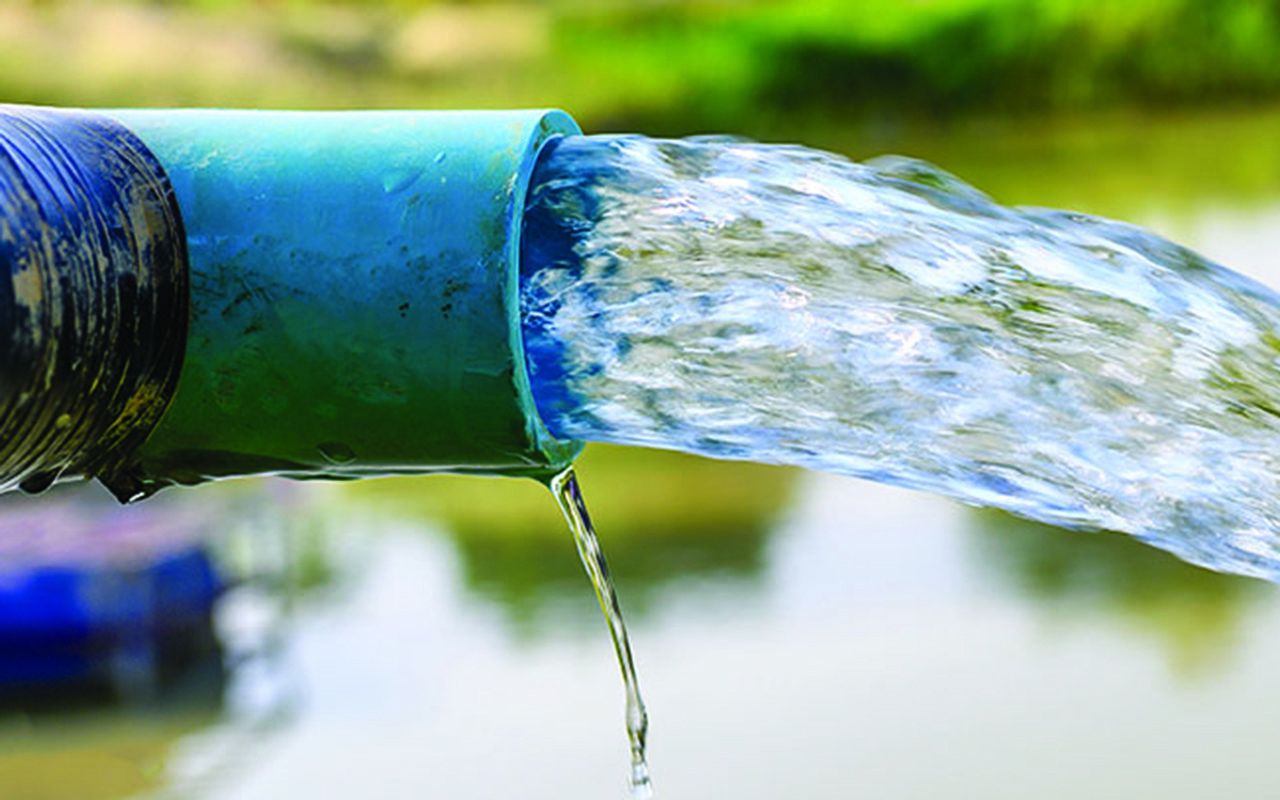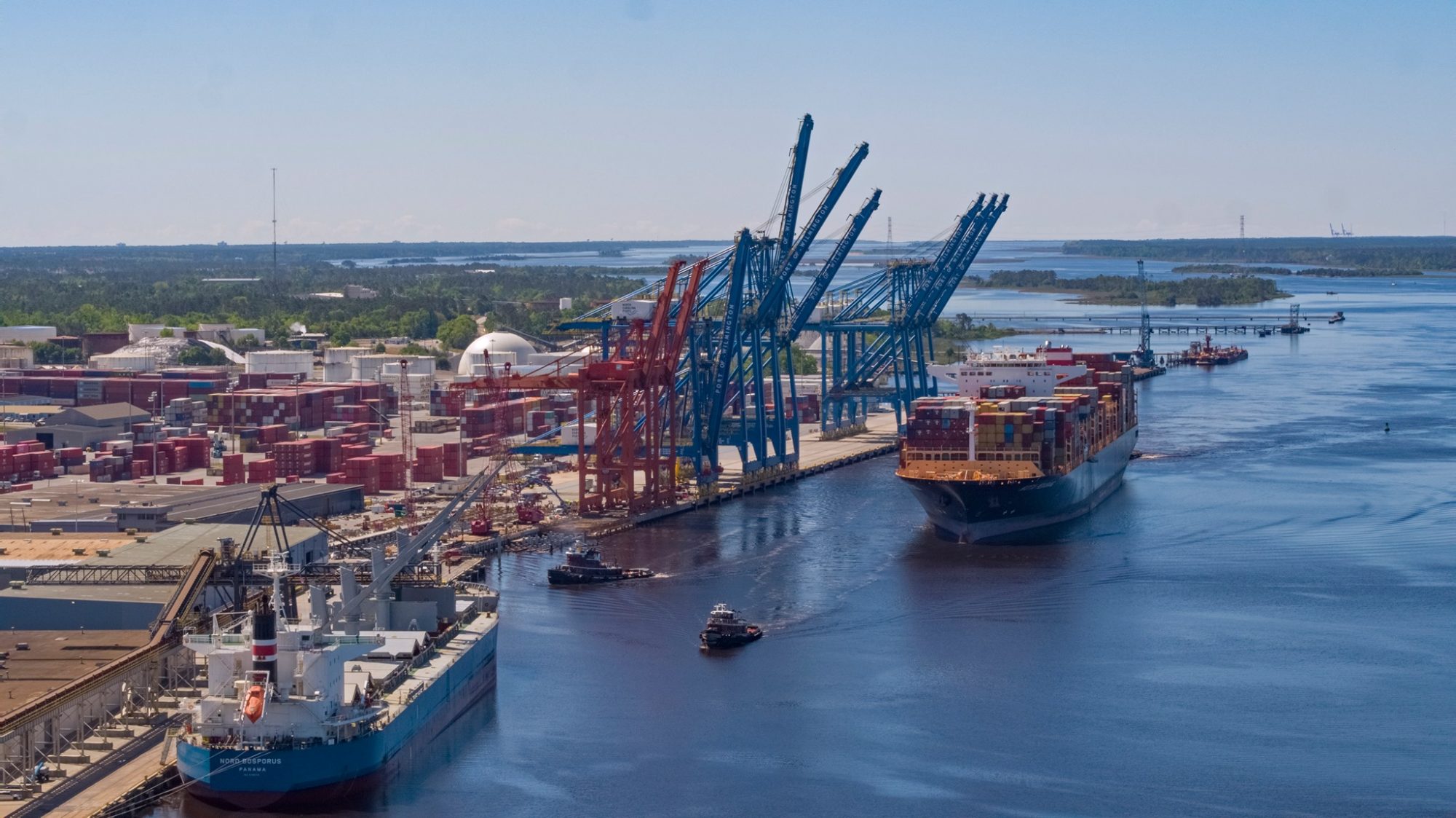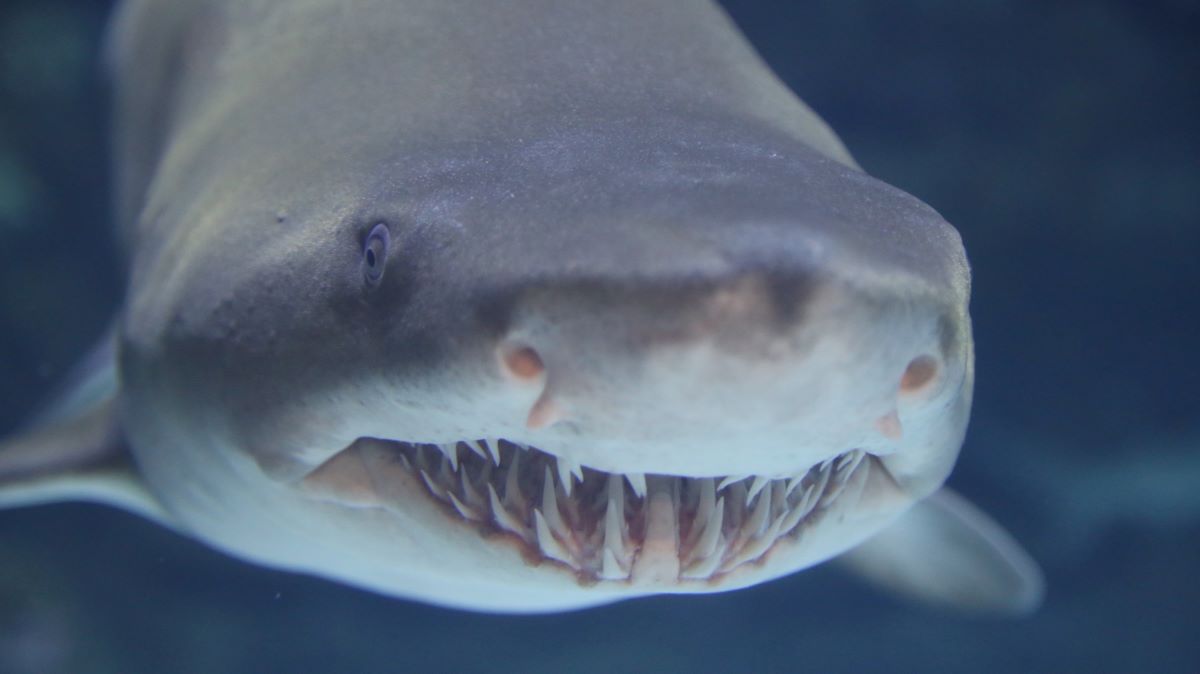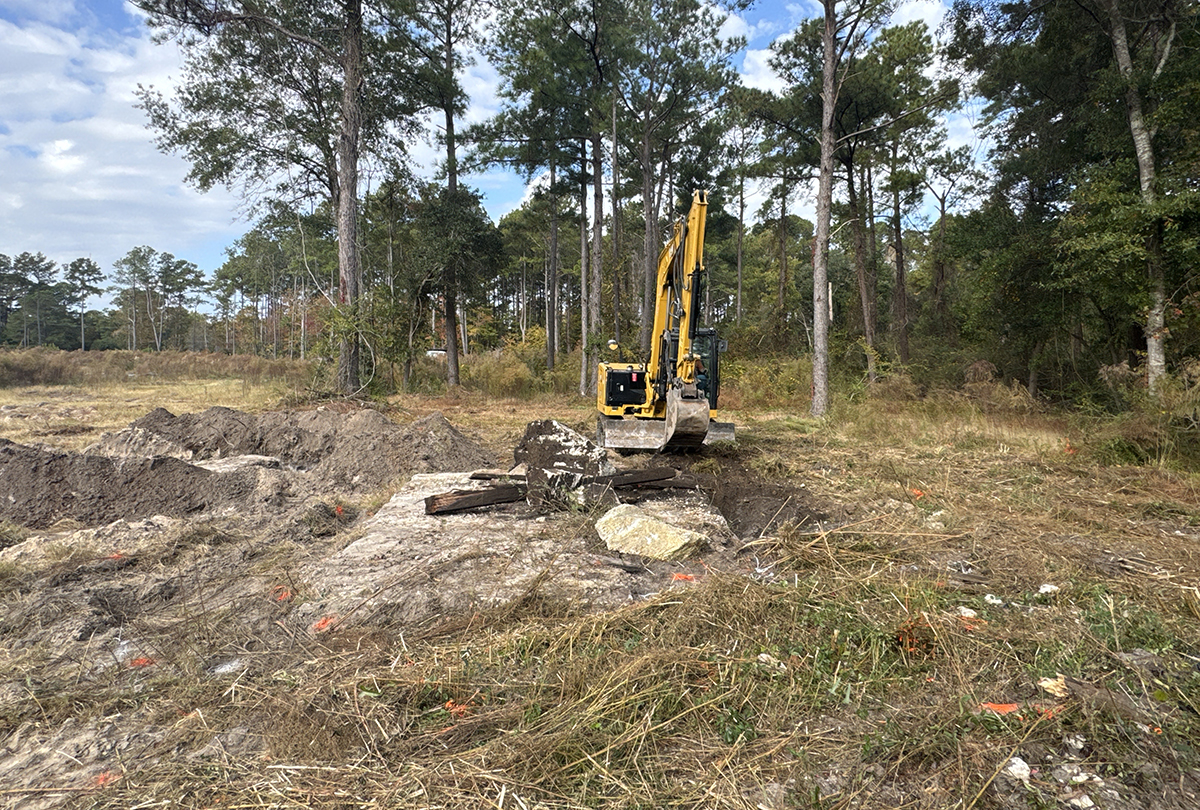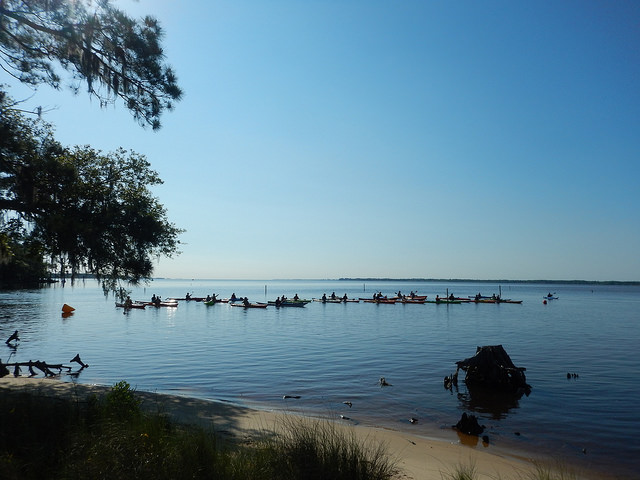
In celebration of National Estuaries Week this week, six North Carolina and Virginia environmental and natural resources agencies reaffirmed their commitment to work together to protect and restore the water and ecosystem resources in the Albemarle-Pamlico watershed and estuarine system.
Each September, National Estuaries Week celebrates bays and estuaries and the benefits they provide. This year from Saturday, Sept. 19, to Saturday, Sept. 26, hundreds of organizations throughout the country host events in celebration of National Estuaries Week.
Supporter Spotlight
The six organizations released Thursday a memorandum of understanding, or MOU, recommitting to work together to foster interstate collaboration within the shared waterways of the Albemarle-Pamlico region, which spans 43 counties in North Carolina and 38 counties and cities in Virginia.
The watershed of the Albemarle-Pamlico Estuary watershed is almost 31,500 square miles and the estuary is more than 3,000 square miles of open water, the second largest estuarine complex in the contiguous United States.
The Albemarle-Pamlico National Estuary Partnership, or APNEP, which works to identify, protect and restore the region’s resources, facilitated the MOU. The document highlights the importance of working together to improve the water quality and ecological health of the states’ shared river basins that flow into Albemarle Sound, including the Roanoke, Chowan, and Pasquotank River Basins, according to the release.
“It is fitting that the renewed MOU be released during National Estuaries Week, which is an is an annual celebration and campaign to increase public awareness of estuaries and to encourage people to become involved in the protection of these important natural resources,” said APNEP Director William Crowell. “This MOU is another step in bringing people together to conserve our shared resources and improve water quality in the estuary.”
The memorandum will help the agencies coordinate with APNEP to manage regional issues such as nonpoint source pollution, restoring fish passage and spawning habitat, and controlling invasive species. Agencies will also continue to explore opportunities to assist state, regional and local governments in incorporating climate change and sea level rise considerations into their planning processes.
Supporter Spotlight
The North Carolina departments of Environmental Quality, Natural and Cultural Resources, and Agriculture and Consumer Services, as well as the North Carolina Wildlife Resources Commission, are joining with the Secretaries of Natural Resources and of Agriculture and Forestry of the Commonwealth of Virginia, as well as others named in the APNEP Comprehensive Conservation and Management Plan are the participating agencies.
“We are proud to continue our partnership with our neighbors in Virginia and our fellow state agencies to protect this beautiful natural resource,” NCDEQ Secretary Michael S. Regan said. “The Albemarle-Pamlico Estuary is a reminder of how our actions impact our environment and why we must work together to restore and preserve these waters, especially as we face the potential impacts of climate change in our region.”
In addition to furthering the intent of the MOU signed in 2017, the new MOU identifies additional joint efforts to advance shared goals toward the protection and restoration of water and ecosystem resources throughout the Albemarle-Pamlico watershed and estuarine system.
“Congress designated the Albemarle-Pamlico estuary ‘an estuary of national significance’ in 1987, and the watershed supports a great deal of habitat and biodiversity, all the way to the Blue Ridge Mountains at the headwaters of the Roanoke River,” Virginia Secretary of Natural Resources Matthew J. Strickler said. “Virginia is committed to being a good steward of this region by advancing the identification and protection of critical lands with a deep-rooted Native American tribal history. We look forward to continuing the partnership with North Carolina to conserve and restore precious shared resources in the upper watershed.”
Read the full text of the memorandum and find out more about Interstate Collaboration in Shared Waterways at apnep.org, or contact Stacey Feken at stacey.feken@apnep.org.



